How to easily choose the cheapest charging card for your electric car
If you want to charge your electric car, you cannot do without a mobility (or: charge) card. However, there are dozens of providers, each with its own rates and conditions. How do you choose the cheapest and best mobility card?
Charging an electric car is very easy. Charging stations are located on every street corner in the Netherlands. What will be a challenge is finding out what you pay for your electricity. This is due to the cumbersome way in which you pay for the charged electricity: with a charging card. There are often two different companies behind the charging station and the charging card, each of which sets their own rates.
First of all, there is the company behind the charging station, also known as the CPO (Charge Point Operator). However, you will receive an invoice for your charged electricity from the company where you have a charge card subscription, also known as the MSP (Mobility Service Provider). What you pay per charging session does not only depend on the charging station, but also on the charging card. It is quite possible that you will pay considerably more for one and the same charging station with charge card A than with charge card B. Anyone who does not want to pay too much for their electricity should therefore do some research and possibly even request several passes.
There are basically two ways in which the charging rate is established:
1. CPO rate + surcharge
The rate of the charging station (or the CPO rate) forms the basis for this calculation method. Suppose a charging station provider uses a rate of 35 cents per kWh, then that is also what you pay per kWh. Because the company where you have taken out your charge card subscription also has costs and wants to make a profit, you often pay a surcharge. Sometimes this is a starting rate, but it can also be a percentage or fixed amount on top of the CPO rate. There are also charge cards with a paid subscription. In exchange for a fixed amount per month, you pay less or no extra costs per charging session.
- You benefit from low CPO rates…
- …but also pays more at high CPO rates
- You do not know in advance how much you pay per kWh
2. MSP flat rate
There are also charge cards for which the company uses fixed rates per kilowatt hour, for example 36 cents per kWh. You pay the same rate at every charging station, regardless of whether the CPO rate of the charging station is 30 or 45 cents per kWh. Sometimes the charge card provider also charges a starting rate or a fixed amount of subscription costs per month.
- You know where you stand with fixed rates
- May be more expensive than CPO rate
But which charging card should I choose now?
You can easily find out for yourself which charge card is the cheapest for you. First of all, it is useful to map out which charging stations you expect to use a lot, for example the public charging stations in your street. Via a website such as loadpalen.nl you can see on a map which charging stations are located in your area. For many terminals you can also see the CPO rate per kWh by clicking on the debit card symbol. Sometimes you have to search the website of the CPO. For most poles, the CPO rate is between 34 and 39 cents per kWh, but there are also exceptions. For example, in many places in Rotterdam you can find Engie poles where you pay 31 cents per kWh, but a street further on there may just be an Eneco pole where you lose just 40 cents per kWh.
If you can charge at a post where the CPO rate is lower than the MSP rate of most charge card providers, then a charge card that passes on that CPO rate is the most convenient. At a pole with a relatively high CPO rate, it is more convenient to use a pass that charges a lower MSP rate per kWh. For someone in Rotterdam it is useful to have both passes. When it can charge cheaply at the pole where the electricity is 31 cents per kWh, but another pass for when that charging pole is occupied and you have to move to a pole where the rate is 40 cents.
Don't just look at the charging stations near your home, but also at other places you often visit. Think of your work, family or friends who visit you regularly or the sports club. Not only can it help you choose the right pass(es), sometimes you also discover that you can charge significantly cheaper one street away.
Free pass or subscription?
Many providers of charge cards offer you two options: a free card, without monthly costs, and a card for which you pay a fixed amount per month. With that free pass you often pay a slightly higher rate per kWh or an extra starting rate per charging session. There is then a tipping point where it is cheaper to have a charging card with a subscription. Calculate for yourself whether you expect to load more than that tipping point, as in the example below.
An example:
With the free charge card you pay 37 cents per kWh and 50 cents start costs per charging session. The charge card with a subscription of 5 euros per month also has a rate of 37 cents per kWh, but no start-up costs. The tipping point is then at ten charging sessions (5 / 0.50 = 10). You are therefore cheaper with the pass with subscription if you load more than ten times a month.
Fast charging
Fast charging is more expensive than charging at home or at a public charging station at home. Many large providers of fast chargers also have their own cards, which allow you to fast charge cheaper. For example, with the free Shell Recharge charging card (or app) you can charge at more than 180 fast chargers for 59 cents per kWh. At FastNed, the largest providers of fast chargers, you normally pay 69 cents per kWh, but with a card you can charge for 11.99 euros per month for 45 cents per kWh. This saves you money if you charge more than 50 kWh per month (about one to one and a half full battery for an average electric passenger car).
Combining is saving
Those who never want to pay too much for their electricity have several charging cards in their wallet and check in advance which card they should use at a charging station. To keep it a bit fun, we would choose two passes. One pass, with or without a paid subscription, as the basis. This is the pass with which you can charge the cheapest at home or at work and which you will use the most. In addition, a free pass with which you can charge cheaper at some more expensive terminals that you sometimes expect to use or with which you can quickly charge a little cheaper. If you charge a lot quickly, you can still opt for a separate pass especially for this purpose.
Useful charging cards
|
|
Rate |
Fast charging |
Starting rate |
Costs per month |
Requesting pass |
|
CPO-rate without extra charge |
|
No |
€3,50 (€1,50 once you're a customer) |
Free |
|
|
€0,35/kWh
|
€0,69/kWh
|
€0,242/session
|
€ 10,77 per month
|
Free
|
|
|
€0,295/kWh
|
€0,545/kWh
|
No |
€3,50
|
€5,- |
What others also read
-
The best
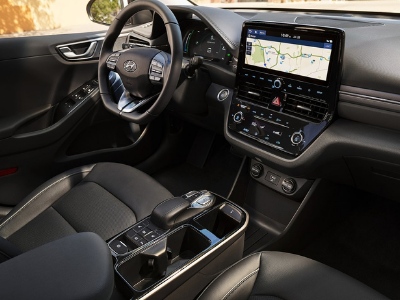
Dit zijn de beste elektrische auto's van dit moment
-
Blog
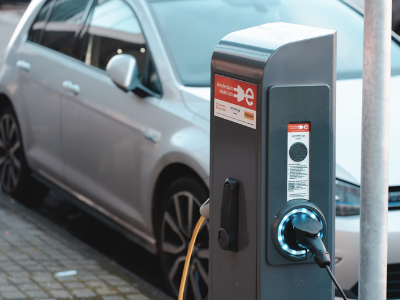
Wat kost het opladen van een EV?
-
The best
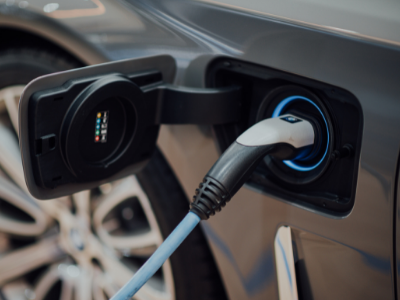
Elektrische auto met grote actieradius gezocht? Dit zijn de beste
-
Blog
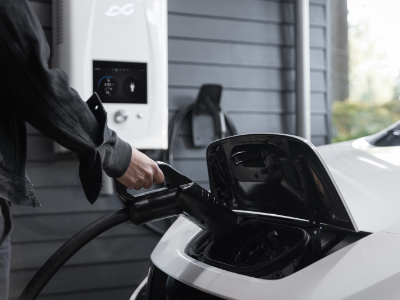
Hoe lang gaat de accu van een elektrische auto mee?
-
The best
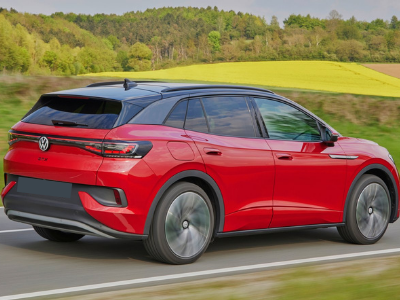
Ruim én elektrisch? Dit zijn de beste elektrische SUV's
-
Blog
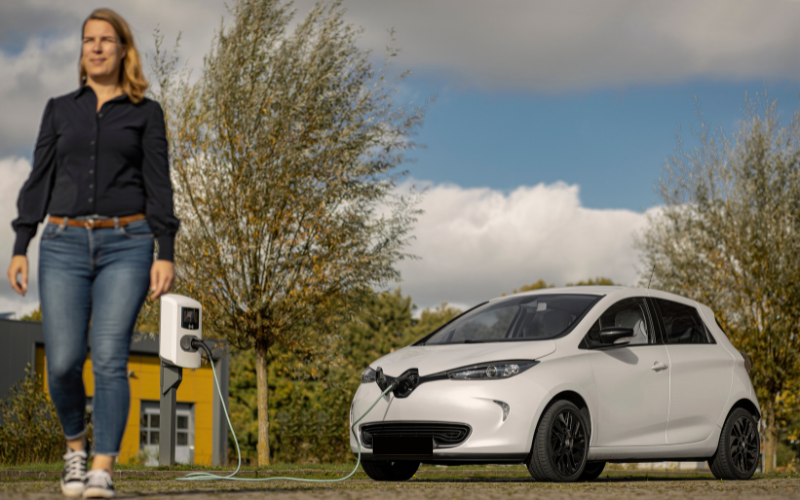
Esther stapte over op elektrisch rijden: "Best spannend!"
-
Blog
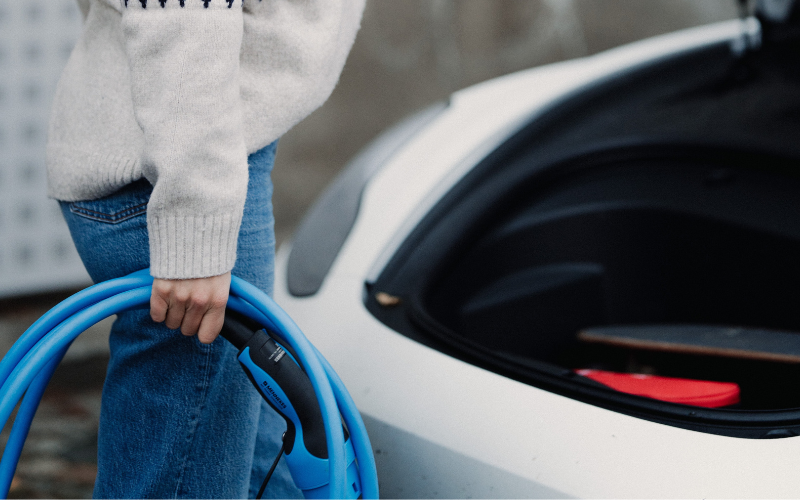
20 feiten & fabels over elektrisch rijden
-
Blog

Goedkoop elektrisch rijden doe je zo


